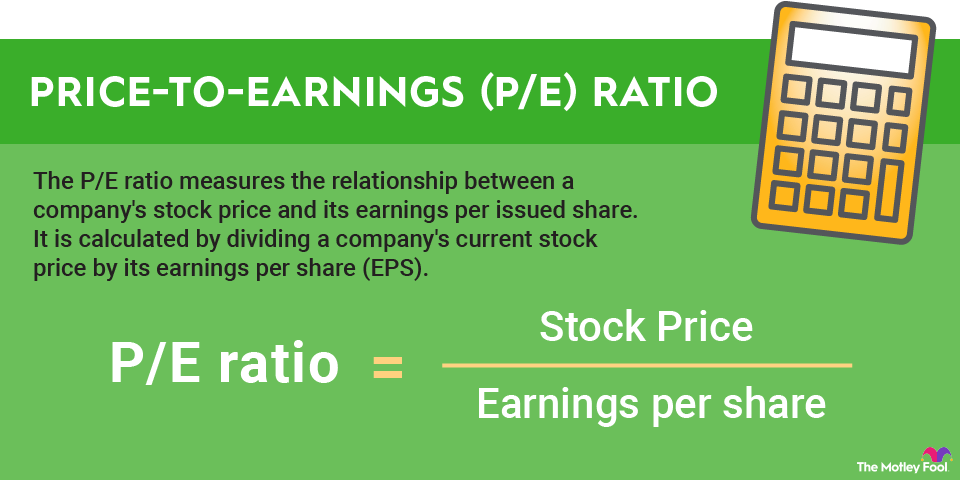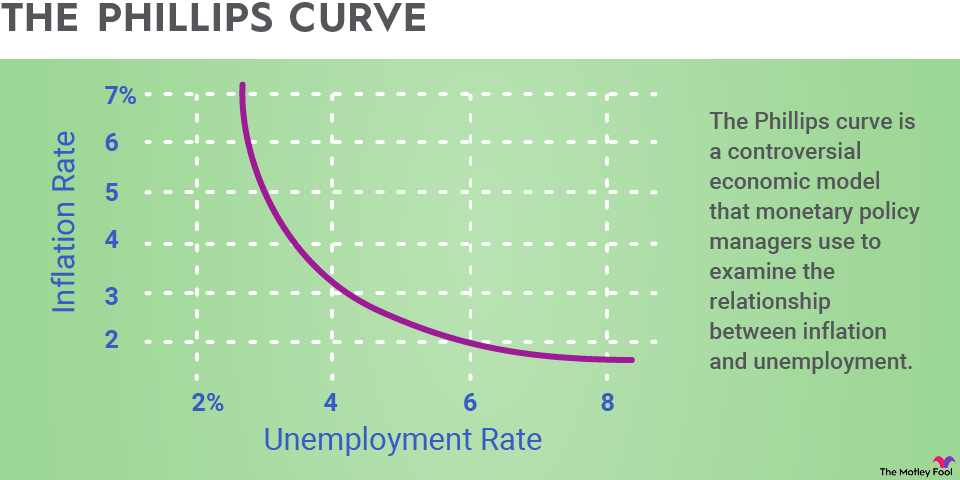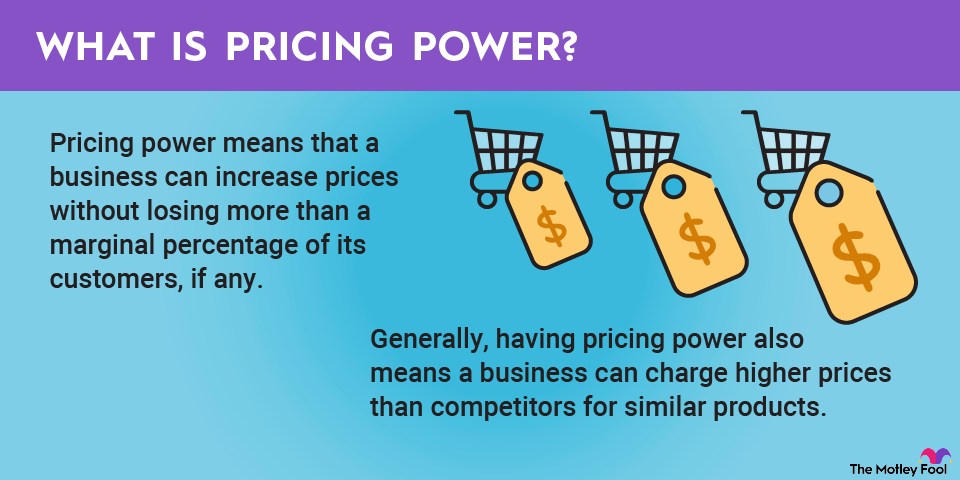Preferred stocks are a type of security with many qualities of fixed-income investments (bonds), but they aren't the same thing. Although they have some characteristics of bonds, they also trade on major exchanges like common stocks. Even so, they are an entirely different type of investment than either of those.
With that in mind, here's an overview of preferred stocks, how they work, and what investors should know before considering them. We'll also discuss whether it's better to buy individual preferred stocks or invest through index funds.

Understanding preferred stocks
Preferred stocks aren't quite stocks (at least not in the sense most people think of them), and they aren't quite bonds. They are somewhere in between the two.
Like bonds, preferred stocks are a form of fixed-income security. They entitle the investor to dividend payments on a set schedule and are designed to generate income, not growth. Let's say you buy a preferred stock for $25 that has a 5% yield. You'll receive $1.25 per year in dividend income every year for as long as you hold the stock. This is a big difference between preferred and common stock.
Unlike bonds, however, preferred stocks can be easily traded on major stock exchanges. You can buy shares of preferred stock through your online broker with a simple click of the mouse, just like you would with a common stock.
Pros and cons of preferred stock investing
Perhaps the biggest drawback of preferred stocks is the limited return potential when compared with common stocks. Preferred stock does not entitle you to share in the profits and the equity appreciation generated by the business. As an example, if Wells Fargo (WFC -0.30%) has a fantastic couple of years and its common stock doubles, preferred stockholders wouldn’t see the same result.
To be perfectly clear, while the common stock of a successful business can rise in value over time, preferred stock isn't likely to do the same.
Preferred stock prices certainly move, just like with common stocks, but these are generally related to movements in the interest rate environment or to the perceived strength of the underlying business. But changes in the price of the preferred stock are not related to the profits or growth of the underlying company.
The biggest positive aspect of preferred stock investing is the income. Although preferred stock dividends are not guaranteed, preferred stocks issued by top-notch companies are a reliable way to produce a steady income stream over time. Plus, if times get tough, preferred stock dividends are a superior financial obligation to common stock dividends.
As a real-world example, the common stock of troubled retail real estate company Seritage Growth Properties (SRG +1.98%) hasn’t paid a dividend in years and has fallen by more than 90% over the past six years. However, its preferred stock continues to pay dividends and is only down by about 10% in that period, thanks to the superior claim on the company’s substantial assets and the more guaranteed nature of its dividend.
Should you consider preferred stocks?
Although they aren't likely to beat the long-term returns of the S&P 500, preferred stock issued by rock-solid companies can be a solid combination of solid returns and safety. So, for many investors, preferred stock can be a sound income investment. But here are a few things to consider:
- Preferred stocks are subordinate to bonds when it comes to claims on a company's assets. In case of bankruptcy, bondholders would get paid before preferred stockholders. This is both a good and bad thing, as it adds an element of risk, but also is why preferred stocks often have superior yields to bonds.
- Some preferred stocks are perpetual, meaning that they continue to exist indefinitely, while others mature at a specific date (at which point you’ll get the par value of the shares back).
- Some preferred stock is callable, which means that the company can choose to redeem the shares and pay investors par value for them at any time.
- Some preferred stock is convertible, meaning the shares can be converted to common stock at a predetermined conversion rate. This combines two potential perks -- the high income that preferred stocks pay with the upside potential if the common stock performs exceptionally well.
By reading the preferred stock’s prospectus before you invest, you’ll know if any of the last three things apply, so you can take them into consideration.



















